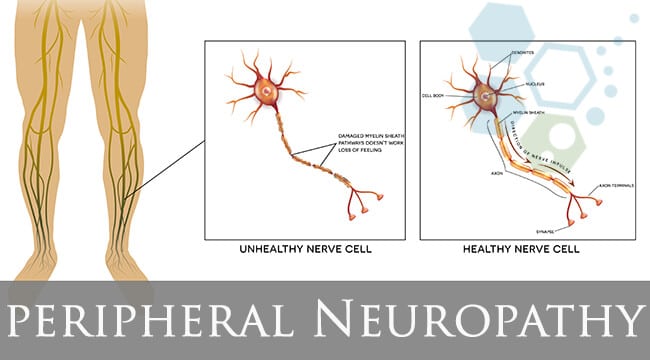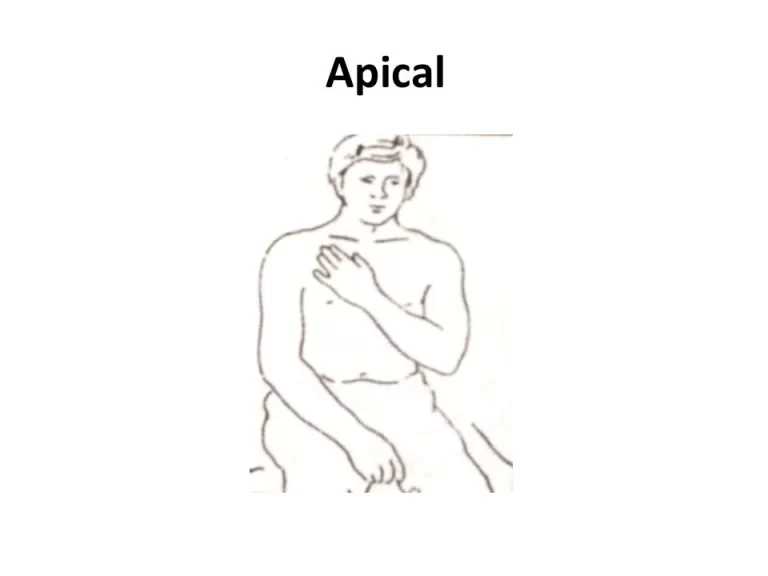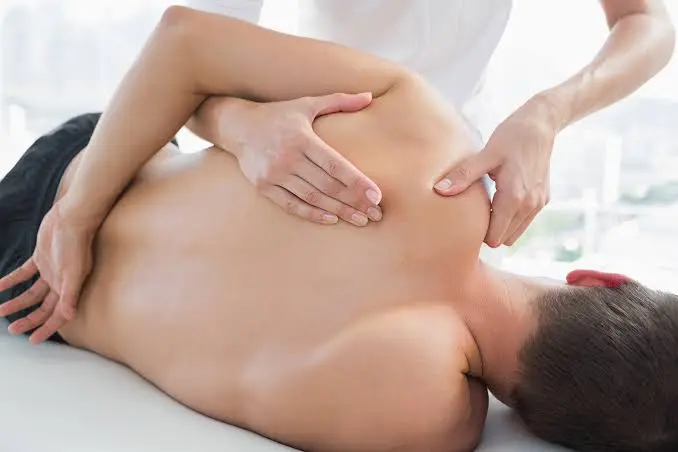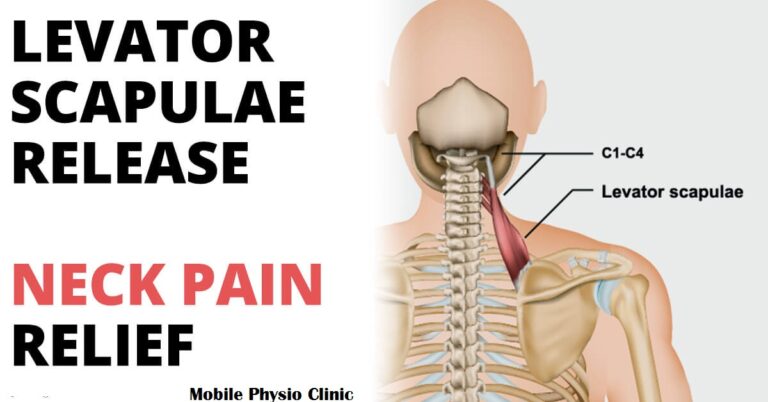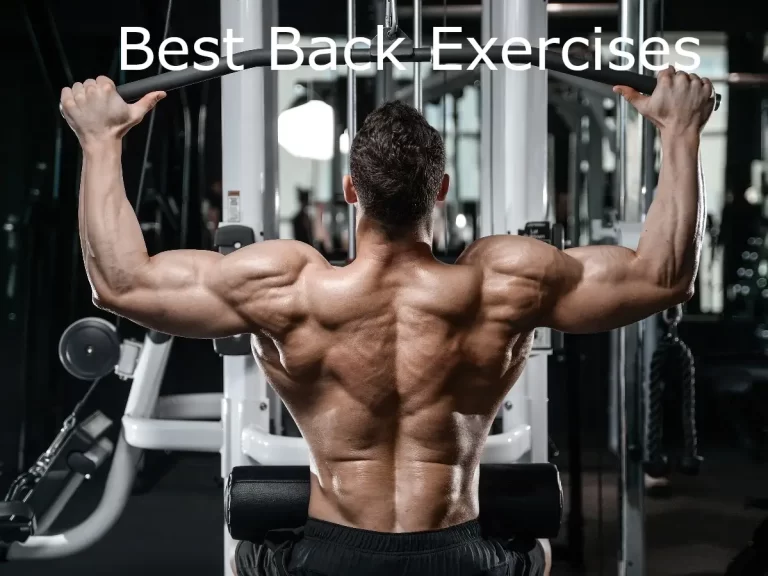Heat Therapy: Benefits, Indication, Contraindication, Precaution
Heat therapy, also known as hot therapy, hot packs, or moist heat therapy, is a treatment used to treat a wide range of conditions. It is becoming increasingly popular as a way of treating pain and swelling, and is used to reduce inflammation and improve mobility.
It is also used pre- and post-operatively to reduce swelling and pain. The heat is applied using a variety of different methods, including hot water bottles, heated blankets, heat packs, hot towels, and heat lamps.
Heat therapy is a popular treatment for muscle aches and pains. The benefits of heat for pain relief have been known for thousands of years, with the earliest documentation dating back to the ancient Egyptians. The principles of heat therapy – both therapeutic and sports – have remained largely unchanged over time. In fact, the medical community is still largely divided on the subject of which types of heat are superior for which types of injuries.
Table of Contents
Introduction:

~Moist Heat Physical Therapy Modality. Moist heat—also called superficial heat—is a physical therapy modality used to control pain, speed healing, relax muscles, and increase range of motion. In moist heat treatment, a hot pack is placed on the tight or painful area and left there for about 10 or 15 minutes.
~The most effective heat therapy products are the ones that can maintain their heat at the proper temperature. “Warm” is the proper temperature.
~Patients should not have their heat source be hot to the point of burning the skin. The desired effect is for the heat to penetrate down into the muscles. Simply increasing the temperature of the skin will do little to decrease discomfort.
~In many instances, the longer the heat is applied, the better. The duration that one needs to apply the heat, though, is based on the type of and/or magnitude of the injury.

~For very minor back tension, short amounts of heat therapy may be sufficient (such as 15 to 20 minutes). For more intense injuries, longer sessions of heat may be more beneficial.
Types of Heat Therapy:
~Two options for heat therapy include moist heat and dry heat.
~Dry heat, such as electric heating pads and saunas, draw out moisture from the body and may leave the skin dehydrated. However, some people feel that dry heat is the easiest to apply and feels the best.
~Moist heat, such as hot baths, steamed towels or moist heating packs can aid in the heat’s penetration into the muscles, and some people feel that moist heat provides better pain relief.


~Dry heat (or “conducted heat therapy”) includes sources like heating pads, dry heating packs, and even saunas. This heat is easy to apply.
~Moist heat (or “convection heat”) includes sources like steamed towels, moist heating packs, or hot baths. Moist heat may be slightly more effective as well as require less application time for the same results.
A specific type of heat therapy:
~ it may feel better for one person than for another, and it may require some experimentation to figure out which one works best. There are many different manners for heat to be applied to the lower back. Some common options include:
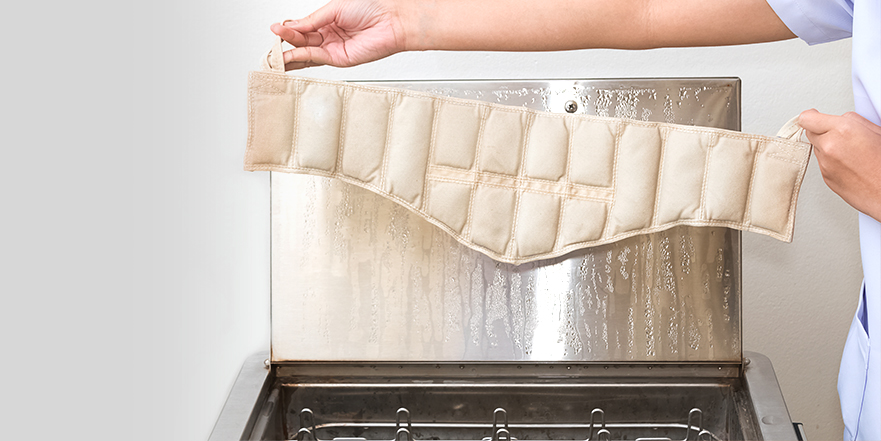
~Hot water bottle – tends to stay warm for 20 to 30 minutes.
~Electric heating pad – maintains a constant level of heat as long as it is plugged in.
~Heated gel packs – may be microwaved, or sometimes heated in water, and tend to say warm for about 30 minutes. Certain types of gel packs provide moist heat, which some people prefer.
~Heat wraps – wraps around the lower back and waist and may be worn against the skin under clothing, providing convenience and several hours of low level of heat application.
~Heat Wrap Therapy Can Reduce Post-Exercise Low Back Pain
~Hot bath, hot tub, sauna, steam bath – tend to stimulate general feelings of comfort and relaxation that may help reduce muscle spasm and pain. A whirlpool jet directed at the lower back may provide the added benefit of a light massage.
How Long Should Heat Be Used?
~Heat and hot packs are often applied to your body for 10 to 15 minutes. Frequent checks should be made to ensure that you are not getting too hot and to avoid skin damage.
~If you are getting too warm, you must remove the hot pack from your body. Using heat multiple times a day is not recommended, as it may damage your skin.
Contraindication of Heat Therapy:
~Dermatitis
~Deep vein thrombosis
~Diabetes
~Peripheral vascular disease
~Open wound
~Severe cognitive impairment
~In areas of impaired or altered sensitivity (like having numbness or tingling)
~In people with impaired mental capacity
~Over open wounds
~After acute injury
~Over joint with acute hemarthrosis
~In persons with multiple sclerosis who are sensitive to heat
Benefits of Hot Packs:
This provides many therapeutic benefits, such as the release of endorphins and the reduction of muscle aches and pains. The heat also has numerous medical uses, such as the reduction of swelling and the promotion of healing.
~The heat provided by the hot packs has several important benefits. These may include:
- Relaxes tight muscles causing tissues to relax.
- Decreases pain caused by muscle tension or spasms.
- Causes vasodilatation of the blood vessels which increases circulation to the area.
- Increased circulation to your injured body part helps to bring in nutrients, oxygen, and cells that help to promote healing.
Indication of Heat Therapy:
~OsteoArthritis
~Chronic joint and Muscle pain
~Joint contracture
~Muscle spasms
~Chronic injury where increased blood flow is desired
~Heat therapy is also sometimes used in cancer treatment to augment the effect of chemotherapy or radiotherapy, but it is not enough to kill cancer cells on its own.
~Heat therapy is most commonly used for rehabilitation purposes. The therapeutic effects of heat include increasing the extensibility of collagen tissues; decreasing joint stiffness; reducing pain; relieving muscle spasms; reducing inflammation, edema, and aids in the post acute phase of healing; and increasing blood flow. The increased blood flow to the affected area provides proteins, nutrients, and oxygen for better healing.

